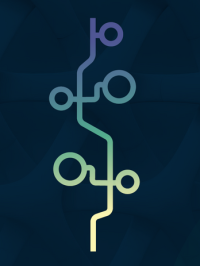Work Area
Building innovative capacity in Latvia
About INNOVATIVE CAPACITY IN LATVIA Public sector innovation can strengthen trust between citizens and public institutions. It helps governments to stay ahead of the curve, better address complex challenges and can position the public sector as an attractive employer. About the project With the technical support of DG Reform of the European Commission, this project aimed to equip and empower the public service of Latvia to leverage impactful and effective public sector innovation. Working…










